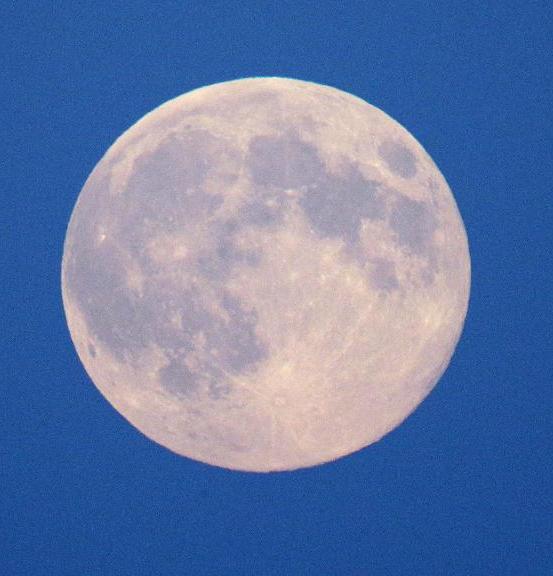Supermoon lights up sky as stargazers around the world share photos
A “supermoon” lit up the sky as stargazers enjoyed the Perseid meteor shower - one of the year’s most dramatic lunar events. The moon appeared 14% bigger and 30% brighter than normal as it reached the point in its orbit closest to the Earth, known as “perigee”. Many enthusiasts grabbed their mobile phones to take a snapshot of the spectacle - which comes two days before the meteor shower reaches its peak.
Generally speaking, full Moons occur near perigee every 13 months and 18 days, so it’s not all that unusual. In fact, just last year there were three perigee Moons in a row, but only one was widely reported.
Geoff Chester of the U.S. Naval Observatory
Given a dark, clear sky in a normal year, it is common to see more than 100 of the meteors an hour during the second week in August. The meteors will be visible until Wednesday, with activity peaking tomorrow. An unusually bright full “supermoon” was also seen on July 12, and is due to appear again on September 9. Supermoons occur relatively frequently, usually every 13 months and 18 days, but are not always noticed because of clouds or poor weather.
We see more fireballs from Swift-Tuttle than any other parent comet.
Dr Bill Cooke

Science supermoon